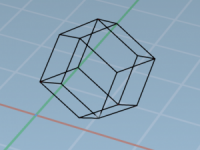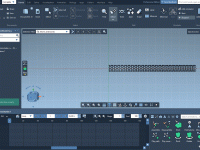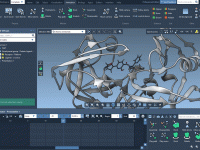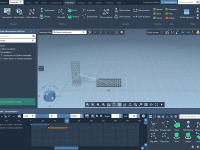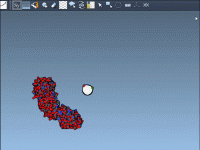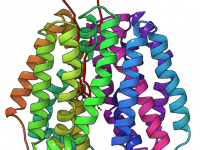Author: OneAngstrom
Optimizing molecular transition paths with P-NEB in SAMSON
Drawing Carbon Nanotubes with Your Mouse: A Visual Approach to CNT Modeling
Keeping Your Focus: Horizontal Camera Motion Made Easy in Molecular Animations
Making Molecules Appear When It Matters: The ‘Show’ Animation in SAMSON
Sketching Molecules in an Integrated 2D-3D Environment

For molecular modelers, quickly drafting, editing, and visualizing molecules often requires switching between tools—or between 2D and 3D views. This can lead to inconsistencies and disrupt the workflow. SAMSON’s Interaction Designer addresses this pain with a synchronized 2D-3D sketching environment…
A Quicker Way to Animate Atom Movement with Keyframes in SAMSON
Quickly Rebuild Biological Assemblies in 3D with Symmetry Mates
Tracing the Center of Mass: A Simple Way to Visualize Molecular Motion
Saving Time (and Frustration) During Molecular Energy Minimization: How to Auto-Fill Input Paths in GROMACS Wizard

One of the recurring bottlenecks for researchers running molecular simulations with GROMACS is managing input files across multiple stages: preparation, energy minimization, equilibration, and production. Errors often arise when selecting outdated or mismatched input paths, especially in multi-step workflows or…






